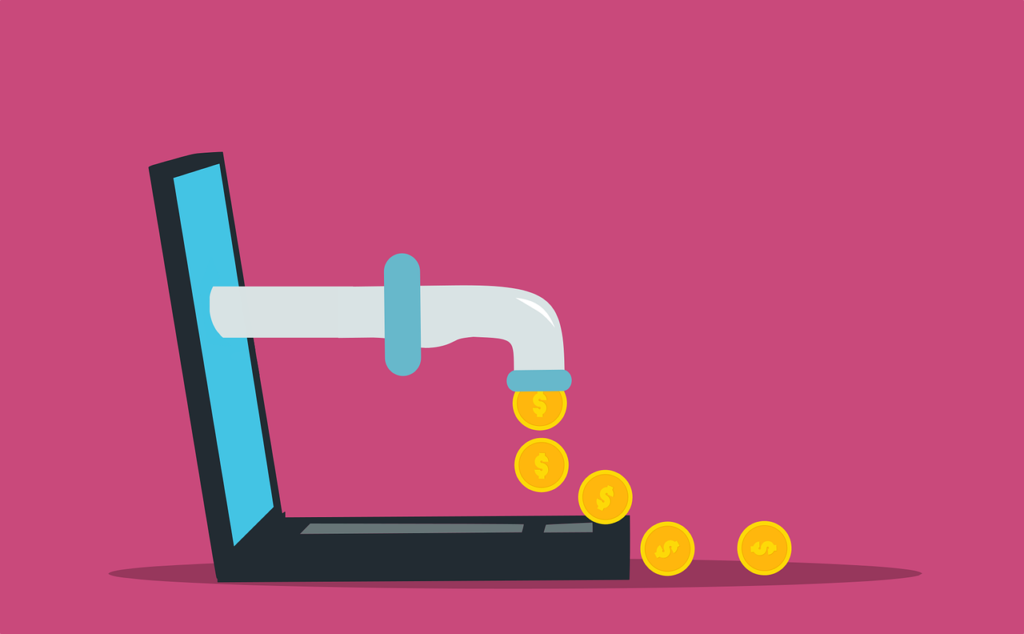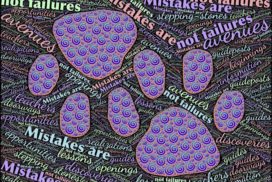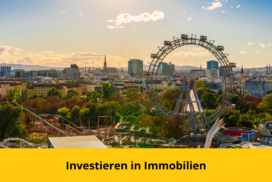This article deals with the question of which investment strategy is more successful in the long term. Are actively or passively managed funds better?
beat the market
What you can learn here
The core promise of actively managed equity funds: Being better than the market, more returns in the bull market, fewer losses in the bear market. Is that possible? An attempt at scientific enlightenment
The SPIVA study
the SPIVA study ( S&P Indices Versus Active Funds) of the index provider "S&P Dow Jones Indices" compares actively managed funds with their respective comparative indices from S&P. The comparisons (score cards) are made for different markets and regions. Also included are: Australia, Europe, India, Japan, Canada, Latin America, South Africa and the USA. The comparison takes place every two years.
Main results of the SPIVA study
The SPIVA year-end 2017 study found that only 1.2 percent of actively managed, euro-denominated global equity funds have performed at least as well as their benchmark, the S&P Global 1200, over a 10-year span. The study also shows: Over shorter periods of time, significantly more fund managers manage to beat the market. After all, 46 percent of fund managers manage to beat the S&P Global 1200 in a one-year period. However, this was probably just luck. Then: Earning above-market returns consistently over many years is the only true way to distinguish fund management skill from a winning streak.
What does the evaluation look like with regard to the individual regions?
The evaluation of individual regions looked only slightly better: 12.0 percent of the euro zone equity funds, 15 percent of the European equity funds and 25.6 percent of the Germany equity funds were able to beat their benchmark indices over a period of ten years.
Active Risk Management: Why is it so incredibly difficult to beat the market?
Even the only slightly better numbers in Germany or Europe are only a weak argument for supporters of active management. After all, they mean that even in the best-case scenario, three out of four funds underperform passive equity investing. The main reason for this are the significantly higher costs of active management, which have to be generated additionally. After all, fund managers not only have to beat their benchmark before costs – they also have to generate annual management fees of 1.5 percent and more. This is apparently an almost insurmountable task, even for experienced portfolio managers. The SPIVA report also records how well the fund managers managed to cope with this task: While the S&P Global 1200 Index, traded in euros, has achieved an annual return of 7.76 percent, the actively managed global equity funds generated only 3.92 percent annually.

After costs, the active funds achieved an average return of only about half as much as the passive index over a period of 10 years. This trend is also present in other regions, albeit to a lesser extent in some cases. In very few regions of the world, active investments outperform their index. For example in Germany: The actively managed equity funds in euros have achieved an average of 5.31 percent over the past ten years, while the S&P Germany BMI only managed 5.30 percent. An absolutely marginal difference for 10 years of work by the fund manager, but still.
You are interested in investing with a Lombard loan. in the Securities loan comparison you can find the best providers in comparison
Conclusion: active or passive investments?
So we have established that the passive investment generally does not develop better than its benchmark index. On the other hand, in contrast to the majority of active funds, it does not fall drastically. Active funds have big problems in all markets around the world to compensate for the high management fee through clever risk management. It was not possible for the active funds to significantly beat the corresponding index in any market over the ten-year period. Incidentally, this statement also applies to the emerging markets, which are considered to be rather inefficient.
In the long run, it's better to be as good as the market average. The attempt to beat the market over the longer term has failed in almost all cases in the past. My recommendation is therefore clearly the passive investment.
What can I personally do with this knowledge?
Choose an active or passive robo advisor!
Also convinced by the SPIVA study? Or would you rather trust active management? Choose a suitable robo-advisor that invests the money actively or passively for you depending on your personal preference. The cheap one is especially suitable for beginners Quirion. Here you can invest in ETFs from a monthly savings rate of 30 euros. In addition Quirion test winner at Stiftung Warentest in August. An easy-to-use and cheap robo advisor with sufficient risk classes is also offered by Growney offered. In addition, you can start investing with Growney for as little as 1 euro. A test report Growney do you think ...? Find here. If you already have more concrete ideas about your investment, the provider world invest Worth a look. Read more about the right robo advisor here.
Choose your tailor-made portfolio as a passive or active investor
It is important that you choose your stock portfolio according to your investment project. This is the only way you can effectively minimize the depot costs. In contrast to dividends and price increases, the custody costs are as certain as amen in church. So make sure to keep them to a minimum. Compare the best depots for active and passive investments here: Whether you are a frequent trader, a beginner or a passive ETF investor or want to be one. Another tip: starting with the second best depot is a thousand times better than not starting at all. Therefore, pay careful attention to the costs, but after some research, come to the implementation soon! Read more about the right depot here.
Read more about passive investment here in the classic passive investment strategy par excellence
Of the "comer“ is the classic among passive ETF investors. The author has a sober and scientific writing style and gives you a clear understanding of the advantages of a passive investment. In addition, the book is a basic training course on our money and finances (where does it come from?, how does it work?, what does it all have to do with me?). The author also mentions other ways to optimize the return, but advises against it for reasons of risk and the associated effort. I can heartily recommend this book to anyone who is serious about investing (or who is already semi-professional). Of course I read the book too!
Disclaimer: This book is tough stuff! It is written in a scientific "evidence" style. As a reader, one is challenged to understand the train of thought.














